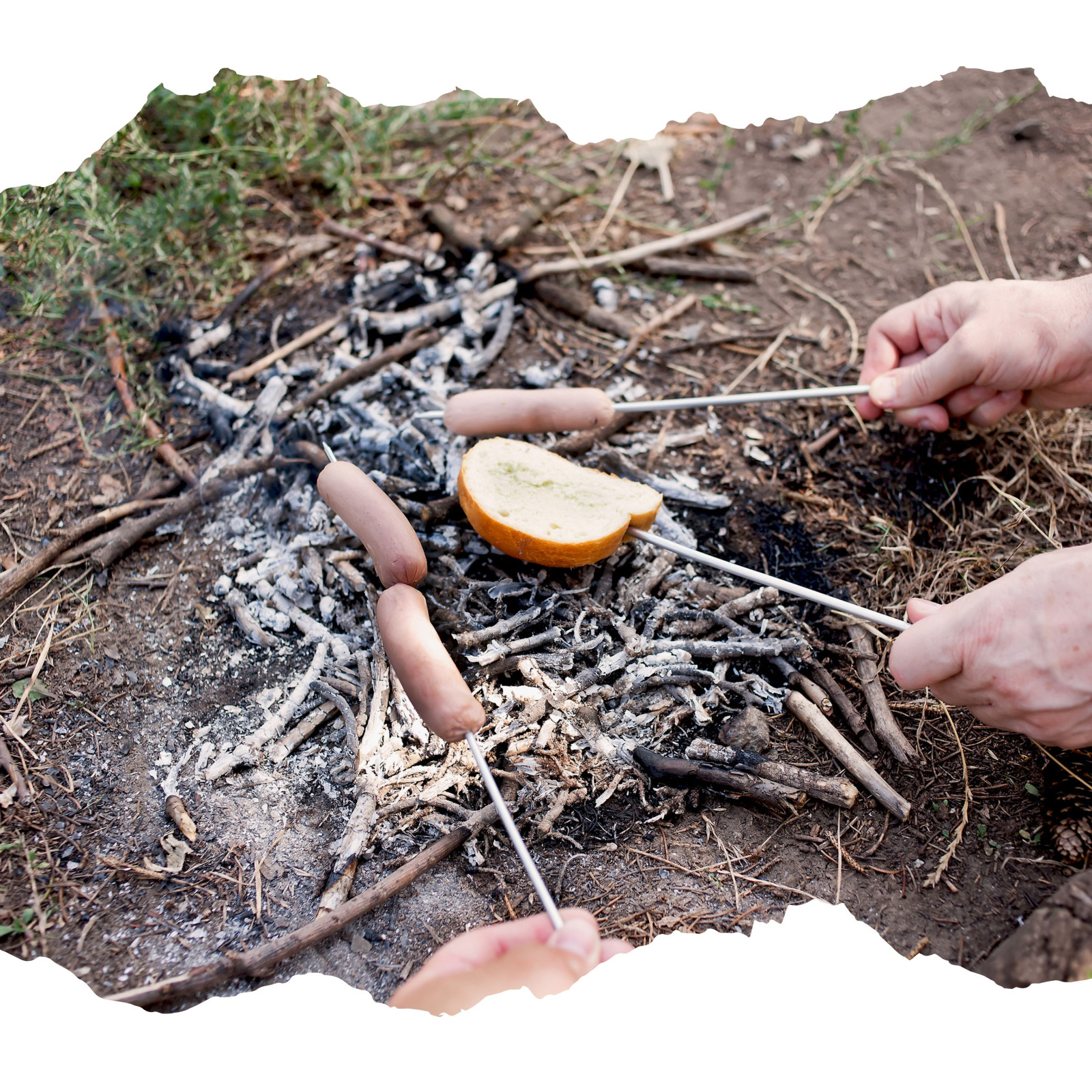
Cooking with Primitive Methods: Rediscover the Art of Outdoor Cooking
Primitive cooking takes us back to simpler times, reigniting our connection with nature and the skills our ancestors relied upon to prepare meals. Whether you're camping in the wilderness, honing your survival skills, or just looking for a way to enjoy the outdoors, learning how to cook without modern tools can be both fun and rewarding. These methods require little more than a fire, raw materials, and some creativity. Let's explore seven tried-and-true primitive cooking techniques you can try on your next adventure.
1. Bread on a Stick
This technique is an old Scouting favorite and super simple! All you need is a stick, some dough, and access to hot coals. Start by finding a sturdy stick about an inch thick, and scrape off its bark. Mix 1 cup of Bisquick with a little water until it forms a thick dough. Roll the dough into a thin snake, then wrap it around the prepared stick. Prop the stick over glowing coals (avoid active flames) and rotate it every few minutes. Before you know it, you'll have a delicious crusty loaf perfect for dipping into soups or eating with butter.
Pro Tip: Keep the dough firm so it sticks to your stick and doesn’t sag or fall into the coals.
2. Rock Oven
A rock oven is perfect for cooking food slowly and evenly. Build up a small oven in your fire pit by using stones to create a back wall and sides, leaving one side open to the fire. Place a flat rock as the “roof.” Lay your food inside and cover it with hot coals for indirect heat.
For a dual-purpose setup, you can use the flat top rock as a griddle while your oven bakes your meal. This method is excellent for baking potatoes, roasting fish, or even preparing small loaves of bread.
Hint: Make sure your rocks are not river rocks—they can explode when heated due to trapped moisture.
3. Reflector Oven
A reflector oven is a clever way to bake if you have no tools. Build a small wall or reflector out of stones or even metal objects placed at an angle to reflect heat from the fire. Position your food between the reflector and the flames so that it gets indirect heat from the fire's warm glow.
This is great for baking biscuits or roasting marshmallows for dessert. The best part? It requires minimal effort and materials.
Pro Tip: Use the same principles to warm larger items by scaling up the size of your reflector.
4. Coal Broiling
Sometimes the simplest method is the most satisfying. With coal broiling, you need nothing more than your food and a bed of hot coals. Once the coals are glowing and free from flames, place a seasoned steak, root vegetable, or slice of fish directly onto the coals. Flip it after a few minutes for even cooking.
Surprisingly, your food won’t taste overly burnt—it’ll have a delicious smoky flavor and be cooked to perfection. Brush off any ash before serving, and it’s good to go!
Pro Tip: Use thicker cuts of meat or hard vegetables for the best results.
5. Spit Roasting
Spit roasting is one of the oldest cooking methods in human history. You’ll need a skewer (like a straight stick) long enough to rest across two supports on either side of your fire. Simply skewer your meat or item (like a small chicken or rabbit) and roast it over the hot coals, rotating it regularly to cook evenly.
This slow-roasting technique creates tender, flavorful dishes that feel incredibly primal and satisfying. Top it off with herbs or spices for added flavor!
Pro Tip: Balance your spit setup to avoid the skewer tipping over or the food falling off.
6. Mud Baking
Here’s a technique that’s as fun as it is effective. Great for fish and vegetables, mud baking uses a natural clay coating to bake food directly in a fire. Start by creating a thick layer of mud. Lay your fish or vegetables on one side, then cover them with a second mud layer, just like a pie crust. Seal the edges and bake it by placing the entire mud pie directly in the hot coals.
Once cooking is done, the mud hardens into a crust that can easily be cracked open, leaving your food juicy and tender inside.
Pro Tip: This technique works like a charm for whole fish with scales, as they peel off neatly with the dried mud.
7. Rock-Boiling
If you don’t have a pot, you can still boil water or cook stews using the rock-boiling method. First, heat several fist-sized rocks in a fire until they’re glowing hot. Place your water and food in a heatproof container, such as a makeshift pouch or a carved-out gourd. Then, carefully add the hot rocks to the container to bring the liquid to a boil. Repeat with new hot rocks as needed until your food is fully cooked.
Bonus Trick: You can also boil in paper bags or cook eggs in orange peels using similar indirect heating methods.
Pro Tip: Never use river rocks—they can retain water that turns into steam and causes them to explode under intense heat.
Give Primitive Cooking a Try
Cooking with primitive methods is more than just a way to make food—it’s an experience. It connects you to the past, challenges your resourcefulness, and offers a deep sense of satisfaction when you pull off a perfectly cooked meal using only the basics.
The next time you’re camping or exploring the great outdoors, try one or more of these methods. Not only will you improve your survival skills, but you’ll also have a great story to share around the fire.
What are you waiting for? Grab some dough, wood, and firewood, and take your outdoor cooking game to the next level! Happy cooking!


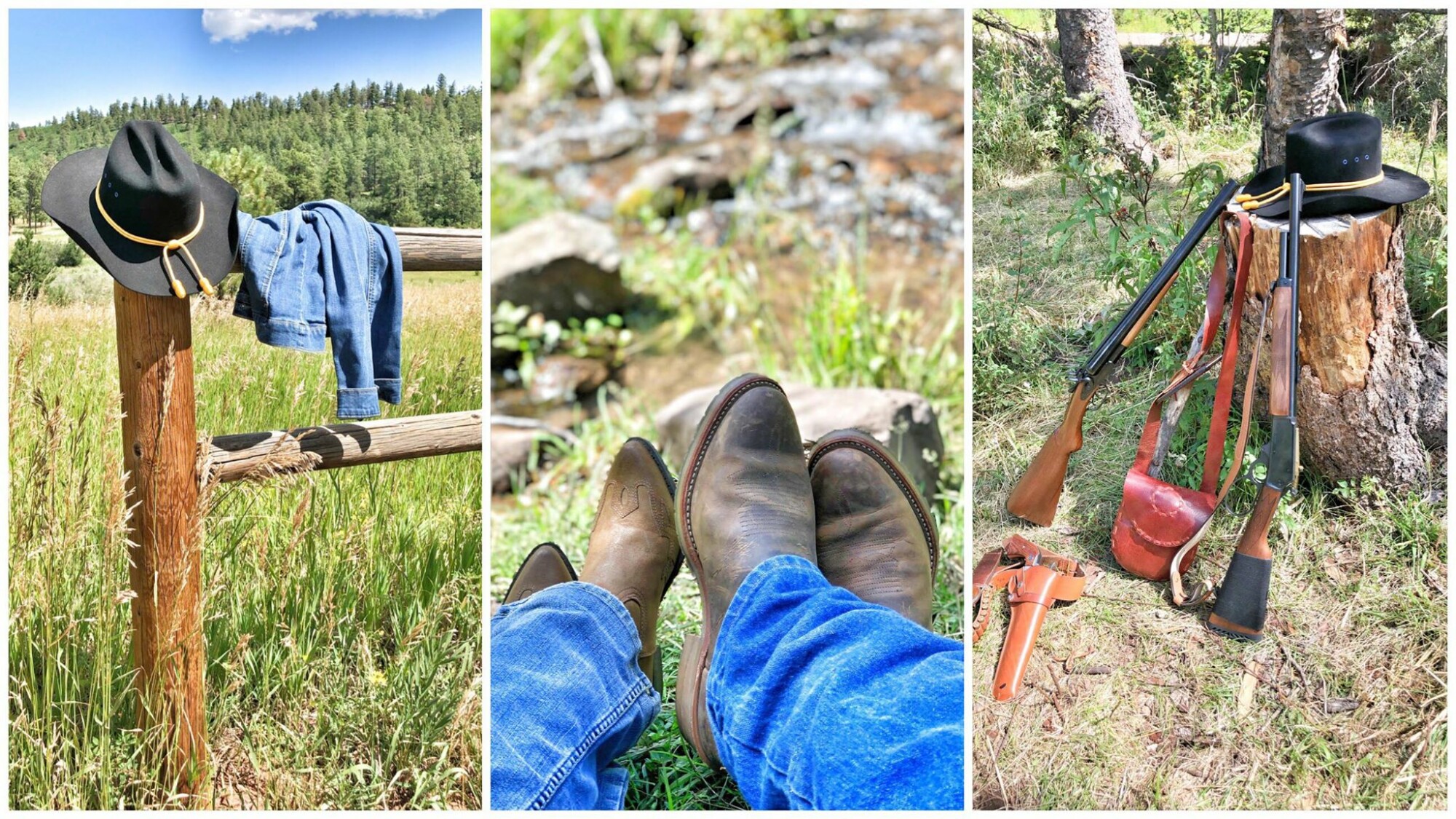
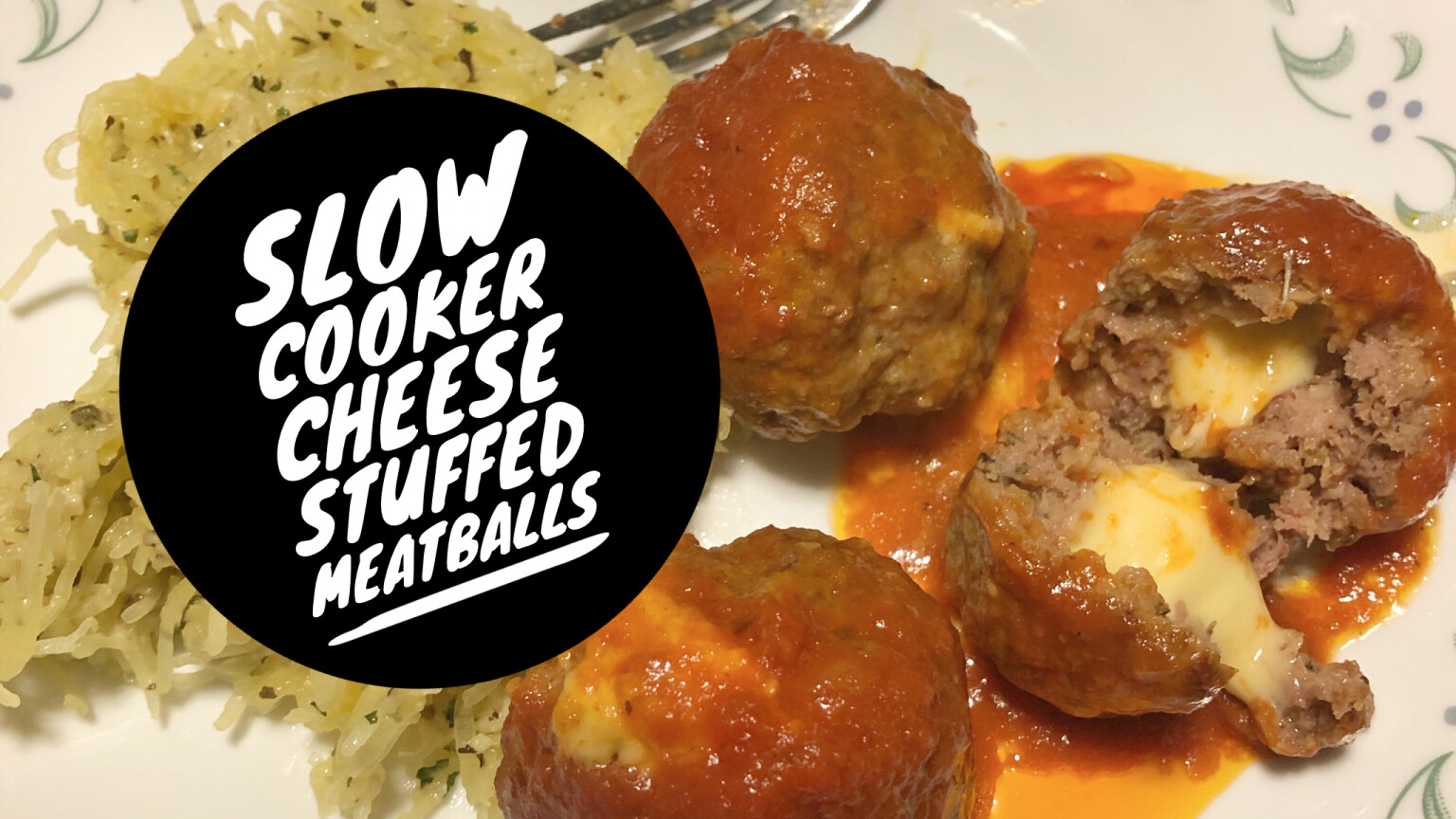
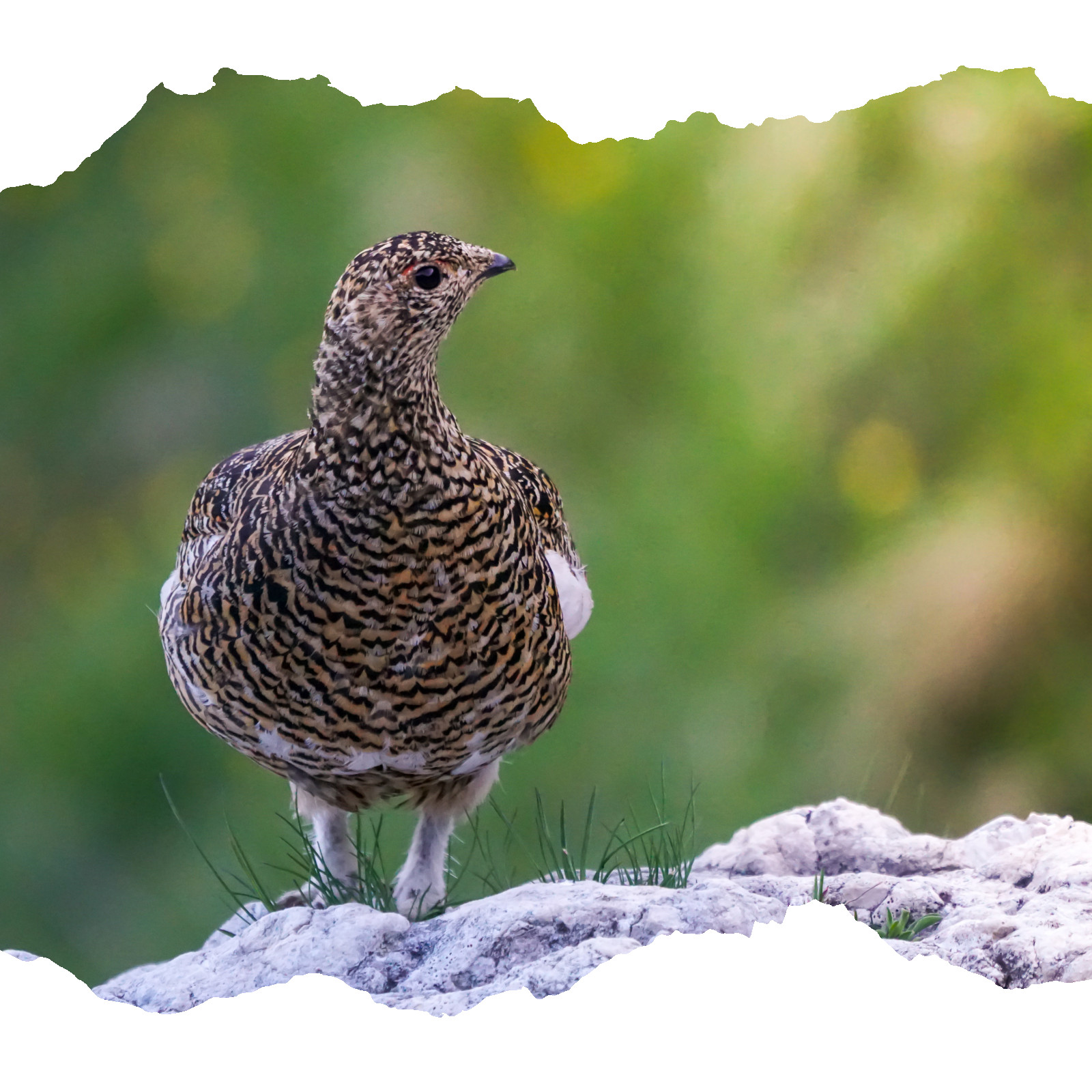

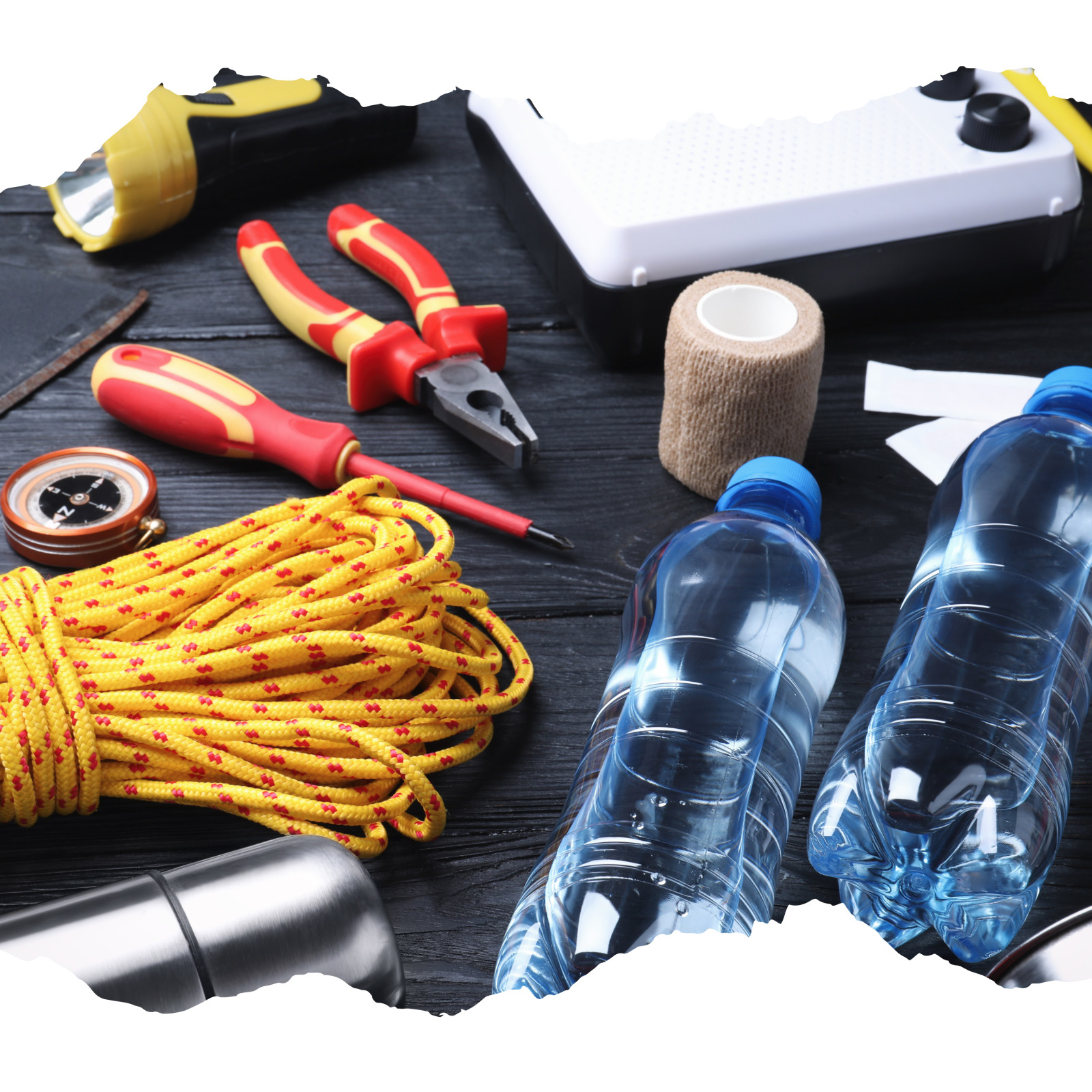

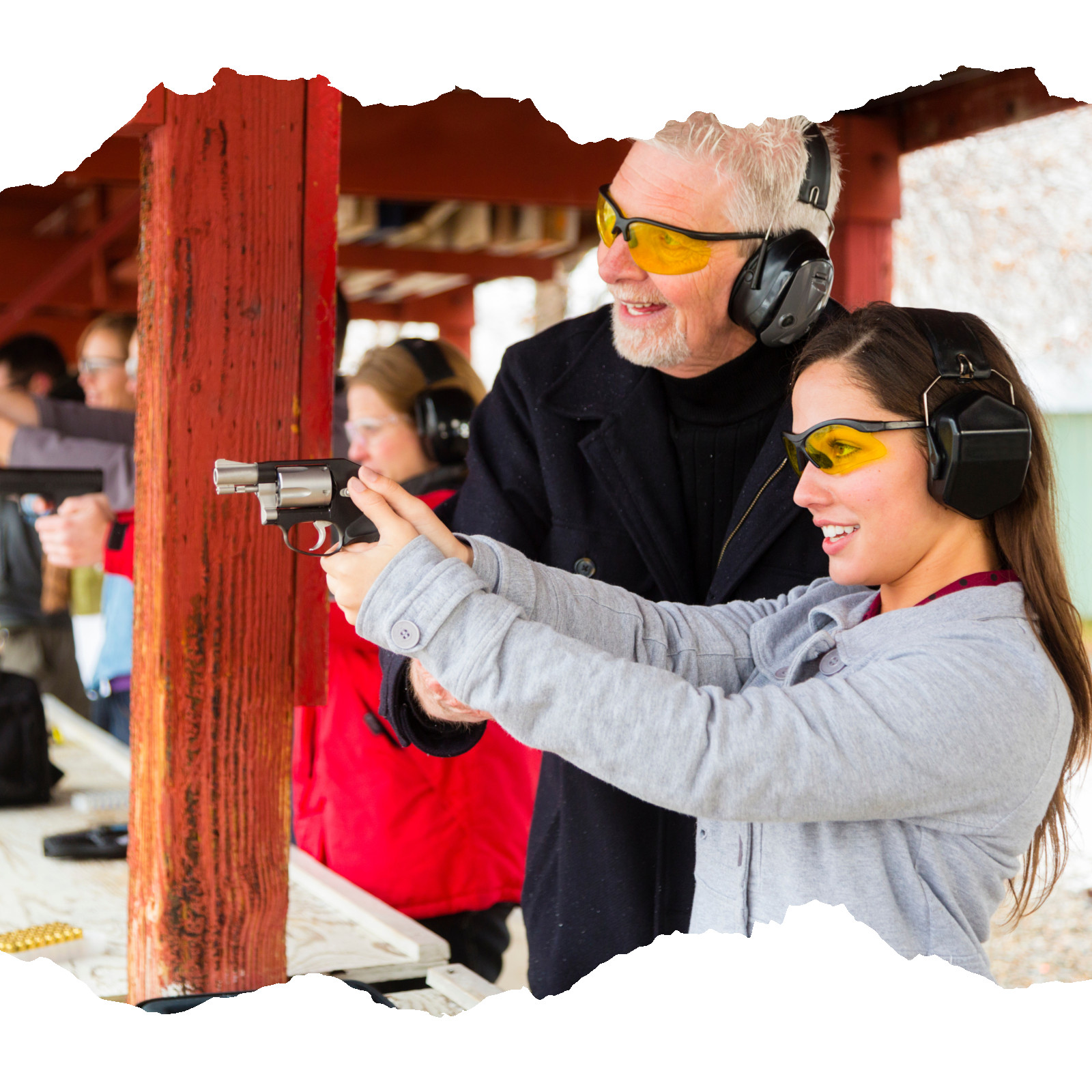



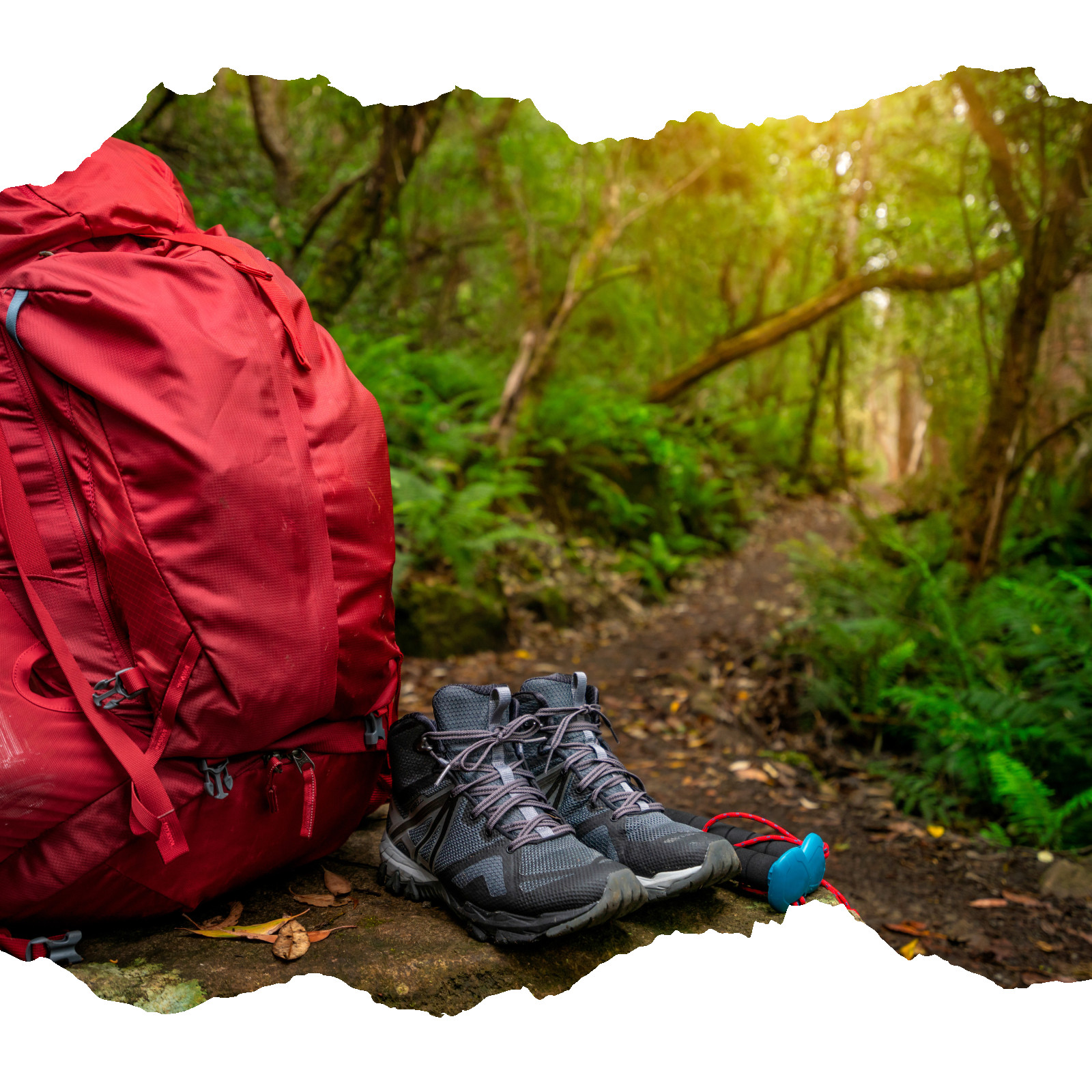




0 Comments